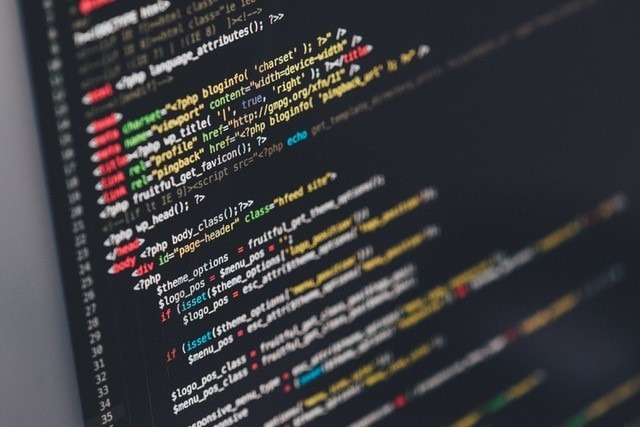You know all the great software developers, the ones responsible for the tools we all use day in, day out? They weren’t born with an innate ability to write software. They learned it, usually by teaching themselves, and then played around in their homes for long enough for them to actually be good at it. And if they can do it, then so can you. While many health and fitness issues have been solved by mobile apps and software programs, not all have. If you have an idea for a health software program, then don’t wait for it to be built: make it yourself.
Learning the Basics
Developing software is tricky, but it’s nowhere near as tricky as the average person thinks it is. If you teach yourself a programming language, you’ll basically be a developer as this will open up many opportunities for you. You can spend some time learning and play around with the language yourself, or you can sign up for a class and give yourself a headstart. Once you’ve got the basics locked down, it’s all about asking questions and learning on the job.
Your Healthcare Idea
Your healthcare needs are tailored just to you. And because everyone is different, there’s no wonder that not every person’s health care needs have been taken care of with their own program. If you have a specific problem that you think can be easily addressed by a software program, then that’s your starting idea for the software. Of course, unless you’re medically trained then your app won’t be of any inherent medical value to you; it’ll serve to make your life better in some other way, perhaps by making it easier to keep track of your condition and/or medication in a personalised way.
Starting with the Basics
Don’t rush to make your app a superstar success straightaway. Start small, with simple code and design until you’ve perfected the initial prototype. This is all about getting the code right, without the pressure of trying to make it too perfect. This is the development stage, where your software will grow and change. You can put the design to the back of your mind for now – just focus on the code. Once that’s done, you can get to working on the design and user interface. Your software needs to be half solid code, half great design for it to take off.
The Main Part: Testing
You’ll quickly discover that a developer spends most of their time testing, testing, testing, and then testing some more. Even if you think you’ve written the perfect code, there’ll be bugs in there that you’ve missed and others that will crop up when it’s being used in different ways. You can use software like QASymphony qTest to help you test your software, identifying issues and delivering the data you need to make it work. Be thorough – nobody likes buggy software!
Finishing and Sharing
Once you’re sure your program is finished, it’s time to put it into practice. If you think that other people might benefit from what you’ve created, then share with the world: and by the world, we mostly mean the GitHub community! With your first underway, it’s time to get thinking about your next project.

















